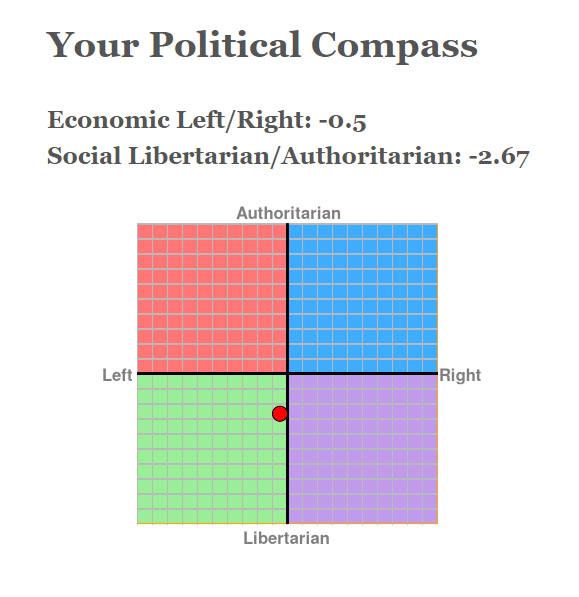I am doing Brief 2 for my coursework, for my Newspaper and campaign posters NEA, I am going to highlight a Key Theory: Hegemony. Gramsci says that Cultural hegemony refers to domination or rule maintained through ideological or cultural means. It is usually achieved through social institutions, which allow those in power to strongly influence the values, norms, ideas, expectations, worldview, and behaviour of the rest of society. Politicians for example Boris Johnson from the conservative party – who is a right wing member – can be described as hegemonic as he is dominant, class-ruling and is a power-holder. I want show the power of politicians and how they can abuse that power which then leaves those who are not privileged at a disadvantage. My newspaper will be done after my campaign posters. My newspaper will be a Left-Wing newspaper because it will support ideas such as freedom, equality, fraternity, rights, progress, reform and internationalism. My Newspaper will be put together using InDesign but all body text will be written elsewhere – word. There will be colour on the image and also colour on selected text boxes, along the footer. The colours used that aren’t on the images will be: blues, purples pinks. On the front cover, the headlining story will be about Boris Johnson deciding to abolish the Human Rights Act leaving Millions of British people devastated and wondering what it means for them. The double-page spread will have the front cover story continued. The double-page spread will also include the voice of the people. British citizens will have their say and it will be included unlike the government who are trying to exclude the people and strip them of their Human Rights.
My campaign posters will be campaigning against the abolition of the Human Rights Act in the United Kingdom. It will also briefly touch on feminism and women’s rights. I am going to use a couple ideas for my style model and they will be below. The campaign posters will be made on photoshop and won’t include large amounts of text and will have eye-catching illustrations to present the important message of protection of human rights of the British people.
● The ideologies of the dominant group are expressed and maintained through its economic, political, moral,
and social institutions (like the education system and the media).
● These institutions socialise people into accepting the norms, values and beliefs of the dominant social
group.
● As a result, oppressed groups believe that the social and economic conditions of society are natural and
inevitable, rather than created by the dominant group.









